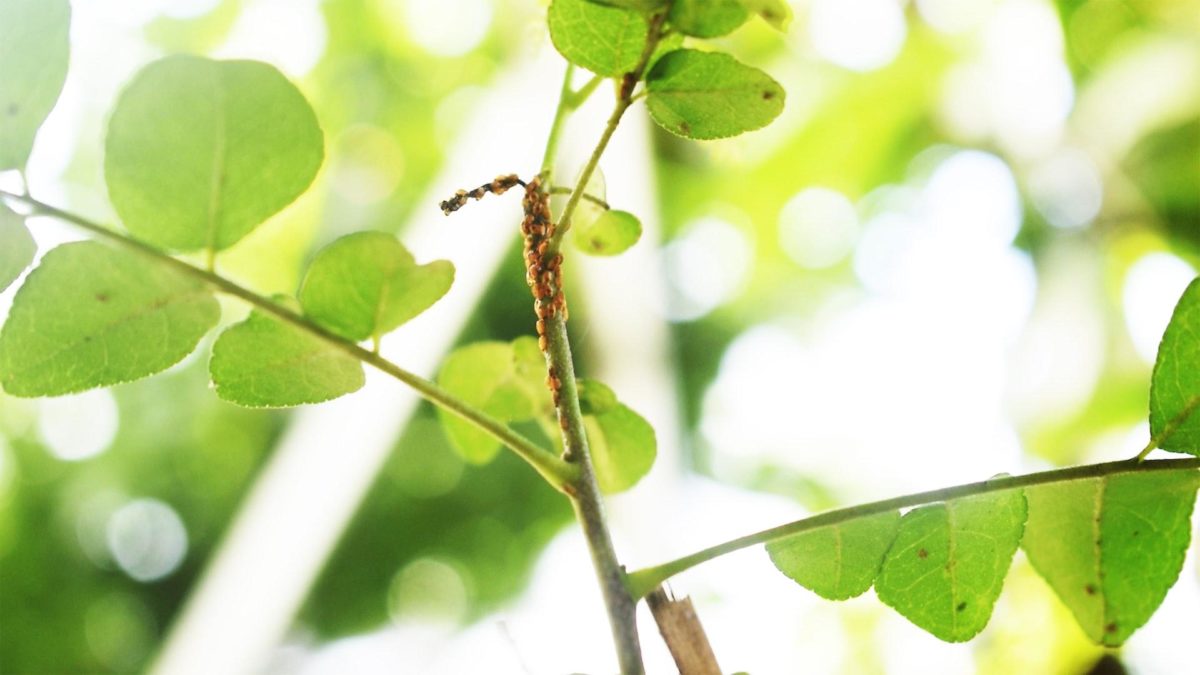If you want to keep your houseplants healthy and free of pests, it’s important to prevent scale. Here’s how to do it.
How To Prevent Scale On Houseplants
Scale insects are one of the most common pests that attack houseplants. They are small, hard-bodied creatures that suck the sap out of plants, which can weaken and even kill them.
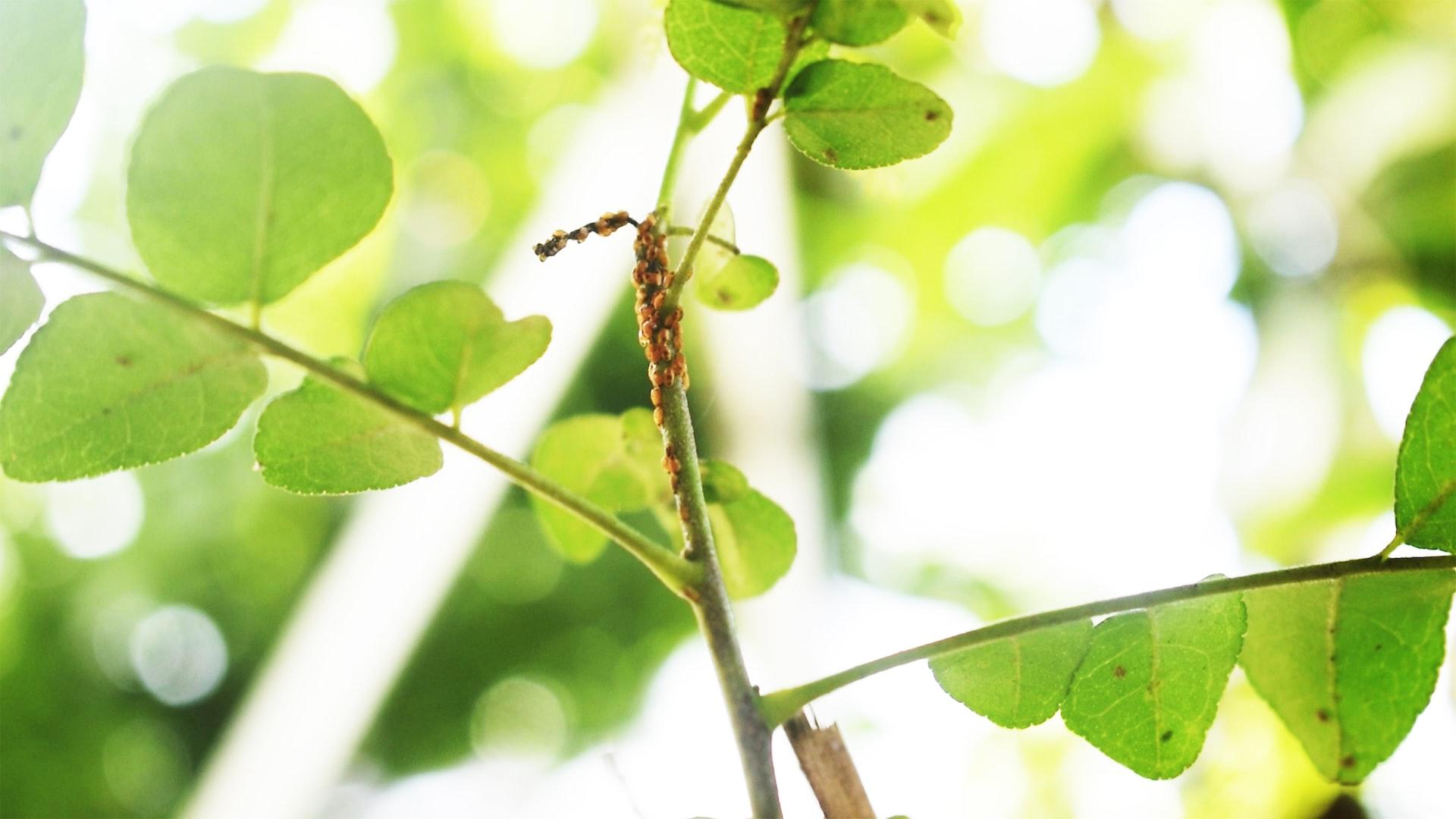
Credit: Unsplash
Scale insects are difficult to control because they reproduce quickly and they often hide on the undersides of leaves, making them hard to spot.
If you want to prevent scale on your houseplants, there are a few things you can do.
- Make sure you’re not over-watering your plants. Too much water can lead to scale, so be sure to water only when the soil is dry.
- Keep your plants healthy by giving them the right amount of light and fertilizer. A healthy plant is less likely to get scale.
Most Common Houseplants That Can Get Scale
Many houseplants can get scale, but some are more susceptible than others. Some of the most common include:
1. Fiddle Leaf Fig
Unfortunately, this popular houseplant is very susceptible to scale. If you have a fiddle leaf fig, be sure to check it regularly and treat any scale infestation immediately.
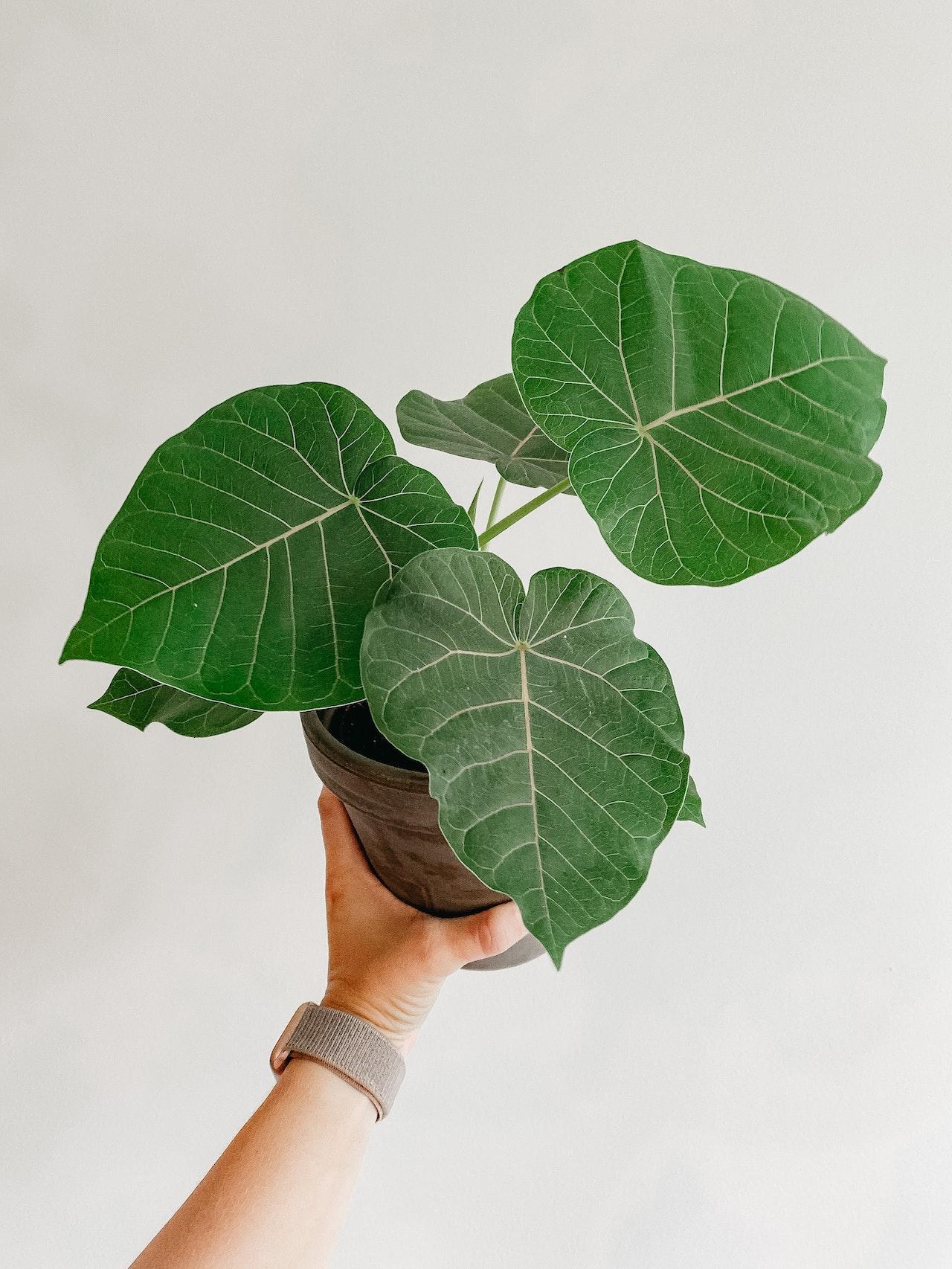
Credit: Pexels
2. Dracaena
Dracaena plants are also common in homes and scale can be a problem for them as well. Again, regular inspection and treatment are key to keeping your dracaena healthy.
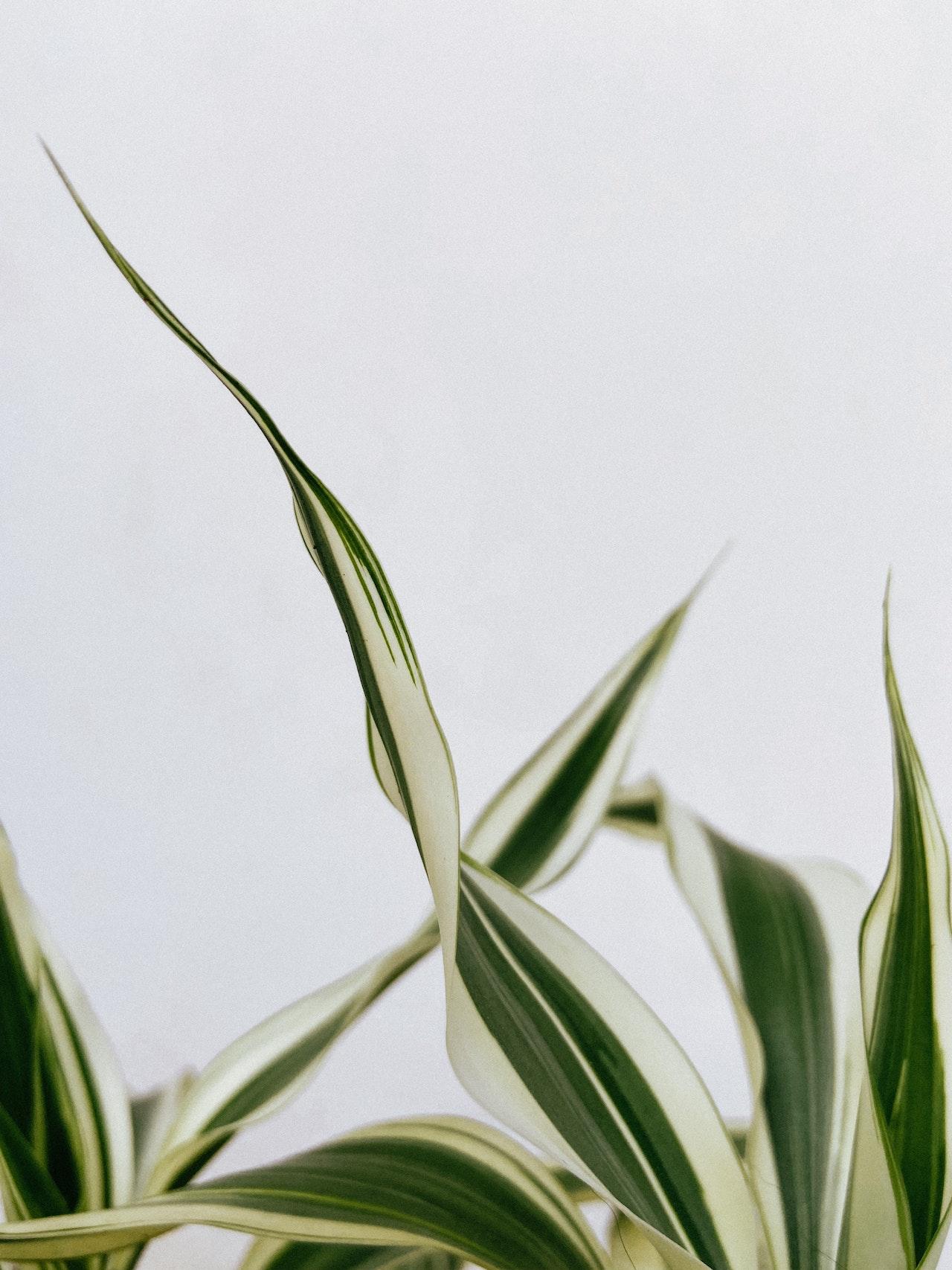
Credit: Pexels
3. Hoya
Hoya plants are another type that is often affected by scale. If you have a hoya, be sure to check it regularly and treat any scale infestation immediately.
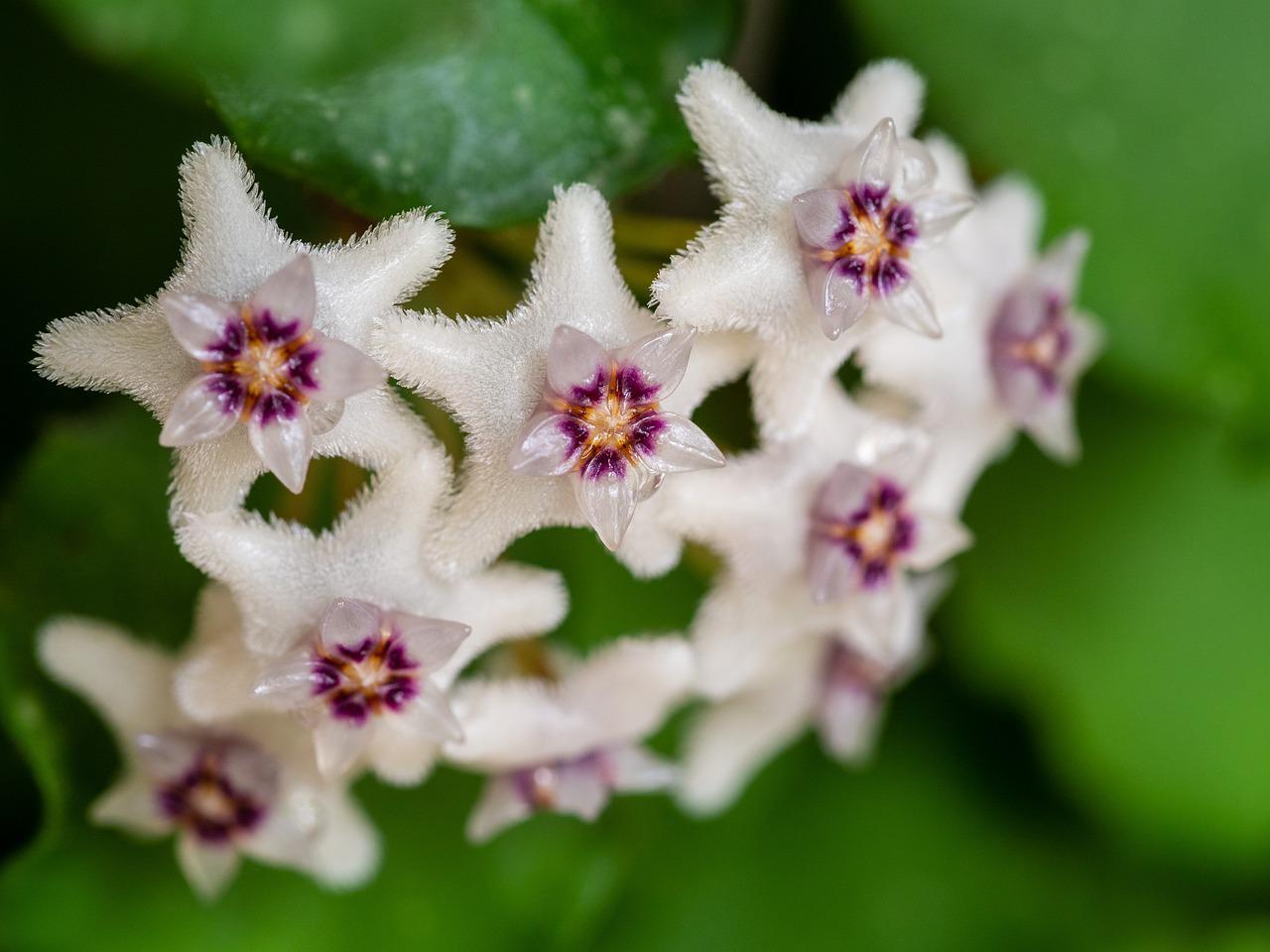
Credit: Pixabay
4. Palm Trees
Palm trees are not as common in homes as the other plants on this list, but they can still get a lot. If you have a palm tree, be sure to check it regularly.
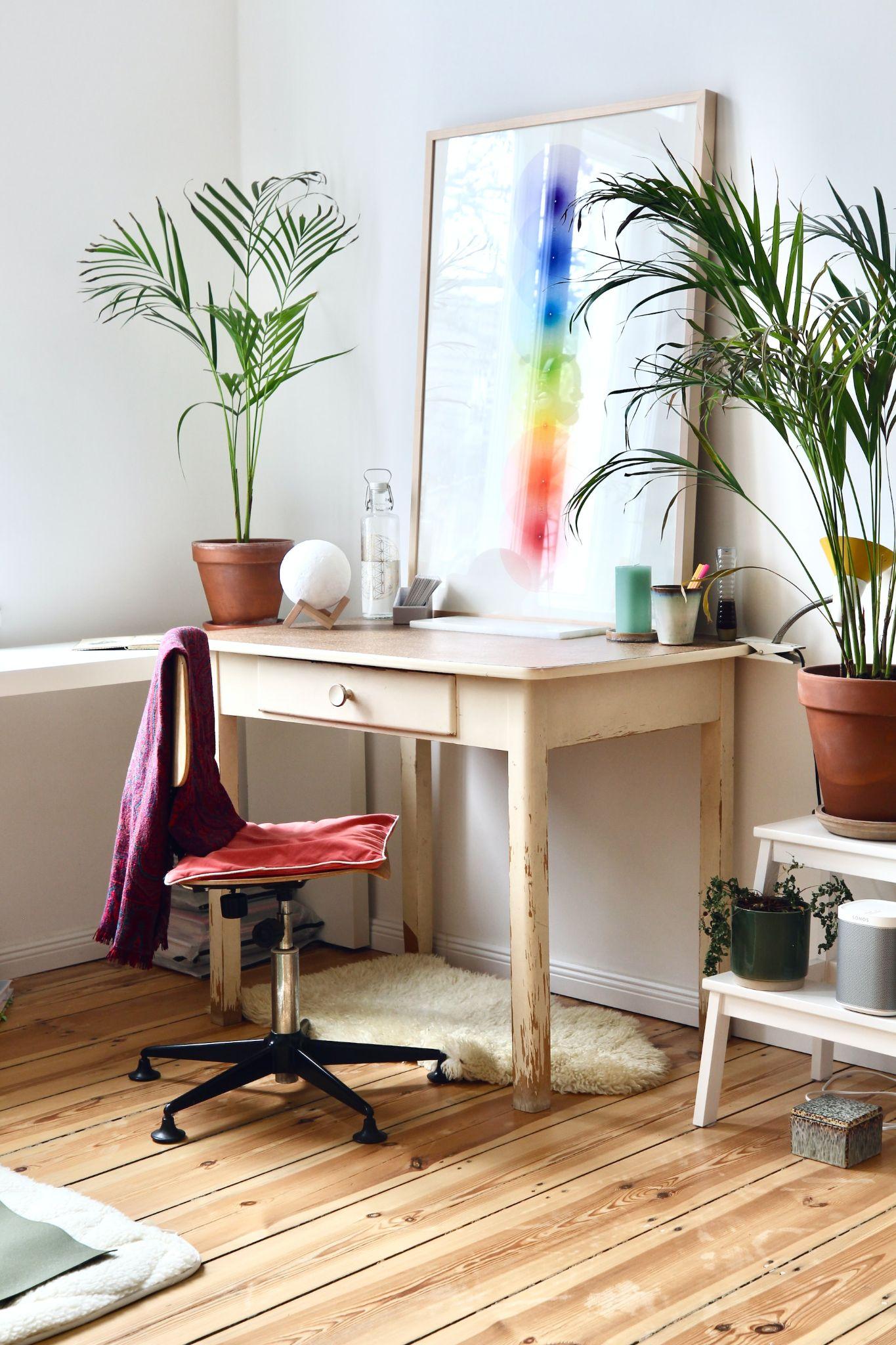
Credit: Unsplash
As you can see, many common houseplants can get scale. If you have any of these plants in your home, be sure to check them for signs of scale.
What Are The Symptoms Of Scale On Houseplants?
Symptoms of scale on houseplants include
- Small, raised bumps on the leaves and stems. The bumps may be white, brown, or black, and they are usually found in clusters.
- Scale can also cause the leaves to turn yellow and drop off.
- In severe cases, the scale can kill the plant.
If you see the scale on your plant, don’t panic. There are several ways to get rid of it.
How To Get Rid Of Scale On Houseplants
If you have a scale on your houseplants, don’t worry! There are a few things you can do to get rid of scale on your houseplants.
- Manually remove the scale insects with a cotton swab dipped in rubbing alcohol.
- Treat the plant with an insecticide.
- You can also try to control the humidity around your plant to make it less hospitable to scale insects.
5 Effective Methods For Getting Rid Of Scale On Houseplants
There are a few things that can help get rid of scale on houseplants. Here are five natural ways that are easy and effective in getting rid of scales:
1. Vinegar And Water
Mix equal parts of water and white vinegar. Then, using a cotton ball, dab the mixture onto the affected areas and rub it in. This will suffocate the scale insects.
2. Baking Soda And Water
You can also try using a mixture of one part baking soda to two parts water. Again, use a cotton ball to apply the mixture to the plant.
3. Dish Soap And Water
A mixture of one tablespoon of dish soap to one gallon of water. Spray the plant with the mixture, being sure to get the undersides of the leaves to kill the scale insects. Just be sure to rinse the soap off your plant afterward.
4. Alcohol And Water
Carefully remove them by hand with a cotton swab dipped in rubbing alcohol to remove small areas of scale, or try wiping the affected leaves with a damp cloth. This will kill the scale insects.
5. Use Soft-Brush OrToothpick
For larger areas, you can use a soft brush or a toothpick to scrape the scale off.
Scale insects can be a real nuisance, but with a little patience and effort, you can get rid of them and keep your plants healthy and happy.
How To Treat Scale On Houseplants
If you see a scale on your houseplants, it’s important to treat it right away. Scale can spread quickly and infest an entire plant.
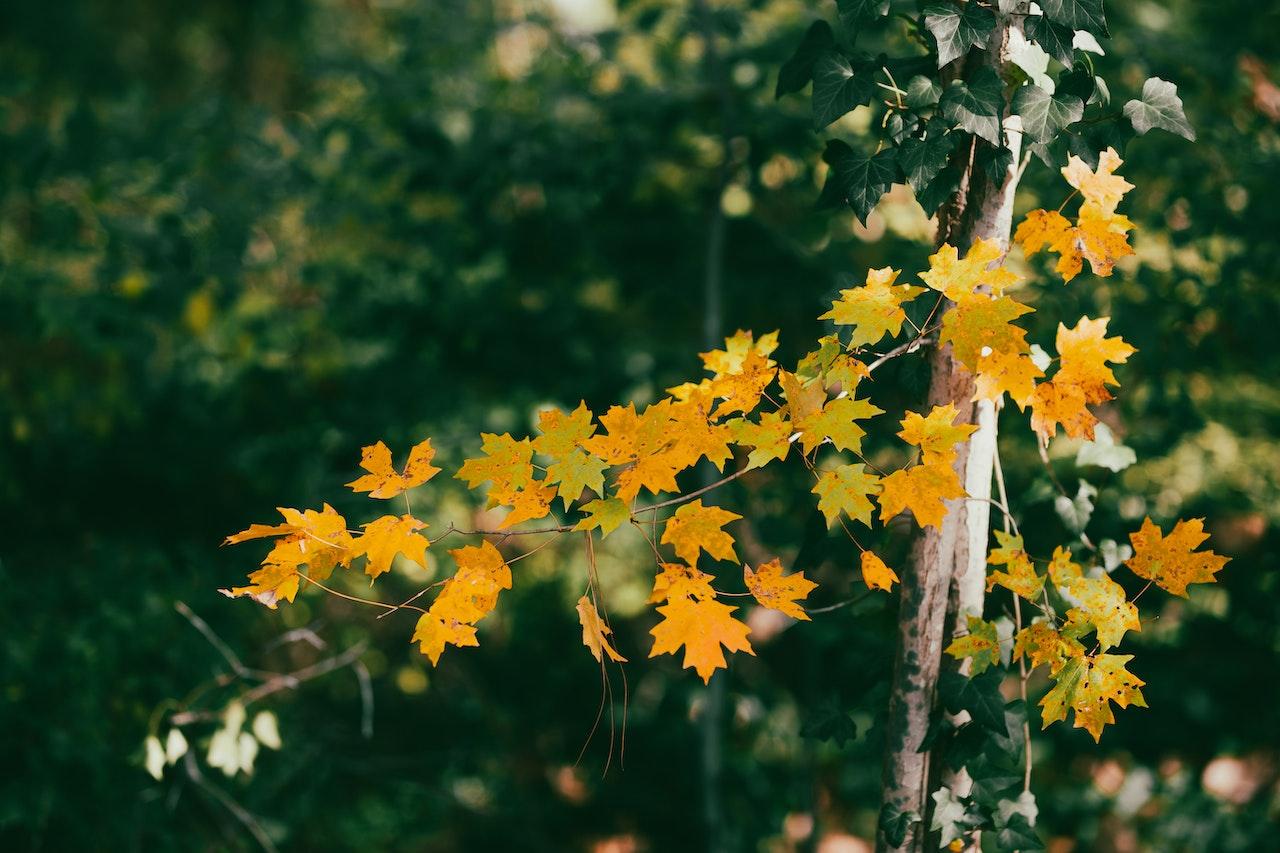
Credit: Pexels
There are a few different ways to treat scale. You can use a chemical insecticide, or you can try a more natural method like horticultural oil.
1. Chemical Insecticide
If the infestation is severe, you may need to use an insecticide. Be sure to follow the instructions on the label carefully, as insecticides can be harmful to plants and people if used improperly. Follow the directions carefully. You don’t want to damage your plants.
2. Horticultural oil
Horticultural oil is a safe and effective way to kill scale. You can find it at your local nursery or garden center. To use horticultural oil, mix it with water according to the directions on the label. Then, apply it to the plant, being sure to coat the infested areas well.
3. Insecticidal Soap
You can use insecticidal soap, which is a soap that’s made with insecticidal properties. It works by suffocating the scale insects.
4. Neem Oil
It is a natural oil that comes from the neem tree. It’s safe to use on plants and it works by smothering the scale insects.

Once you’ve treated the plant, be sure to check it regularly for new infestations. Scale can be difficult to get rid of, so it’s important to be vigilant.
Expert Ideas
- Wash the plant with soapy water to remove any scale insects.
- Spray the plant with an insecticide labeled for scale insects.
- Apply horticultural oil to the plant to suffocate the scale insects.
- Remove heavily-infested leaves from the plant.
- Isolate the plant from other houseplants to prevent the spread of scale insects.
Bonus Tip
The best way to get rid of scale on houseplants is to remove the affected leaves and then treat the plant with an insecticide.
Frequently Asked Questions
1. What is scale?
Scale is a type of insect that feeds on plant sap. They are often found on the stems and leaves of houseplants, and can eventually kill the plant if left unchecked.
2. How do I know if my plant has scale?
Scales can be difficult to spot since they often look like small bumps on the plant. However, if you see a plant with yellowing leaves, stunted growth, or blackened stems, it may be infested with scale.
3. How can I get rid of the scale?
There are a few different ways to get rid of scale, including manually removing them, using insecticidal soap, or treating the plant with neem oil.
4. What is the best way to get rid of the scale?
The best way to get rid of scale will depend on the severity of the infestation. For light infestations, you can try manually removing the scale or treating the plant with insecticidal soap. For more severe infestations, you may need to use neem oil or another chemical treatment.
Conclusion
If you want to prevent scale on your houseplants, make sure to keep them clean and in a well-ventilated area, and regularly check for signs of scale manifestation. With a little care, you can help to keep your plants healthy and scale-free.
Michelle Wilde
Related posts
![]()
About Michelle Wilde
Michelle Wilde is a stay-at-home mom and avid plant lover. Armed with a post-graduate degree in Computer Science (no kidding!), she loves researching plants and landscapes. When she is not caring for her 4 kids, she spends time on her passion for plants. She blogs at www.indoorplantschannel.com, the trusted source for indoor plants.
Learn more
Subscribe
* You will receive the latest posts and updates about indoor plants!
Search
Recent Posts
Categories
- FAQ (218)
- General (1)
- How-To Guides (220)
- Indoor Plants (220)
